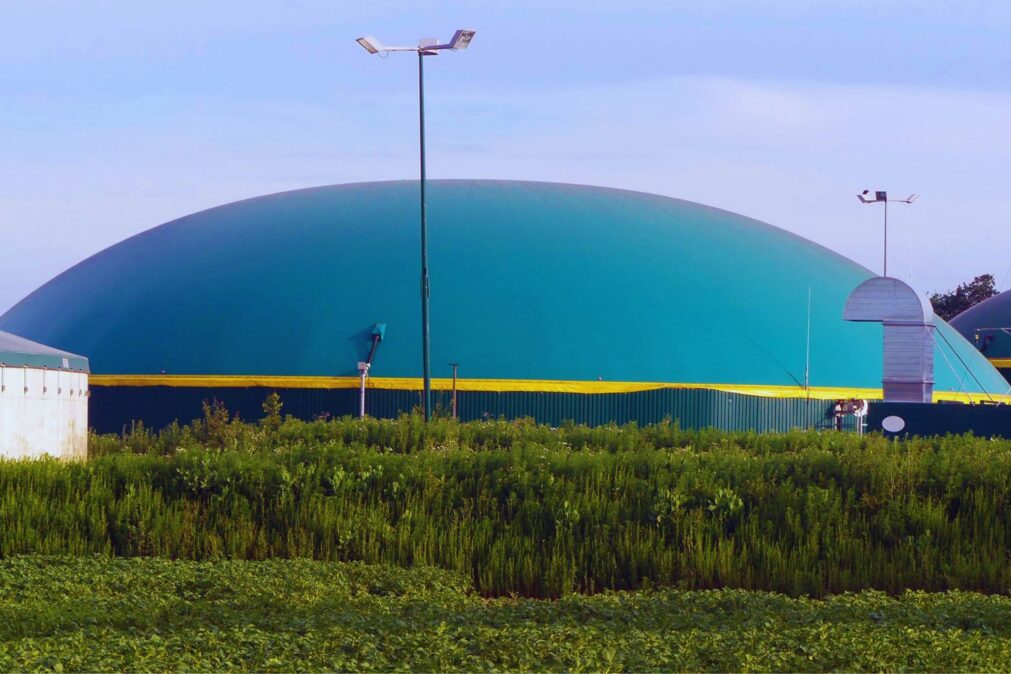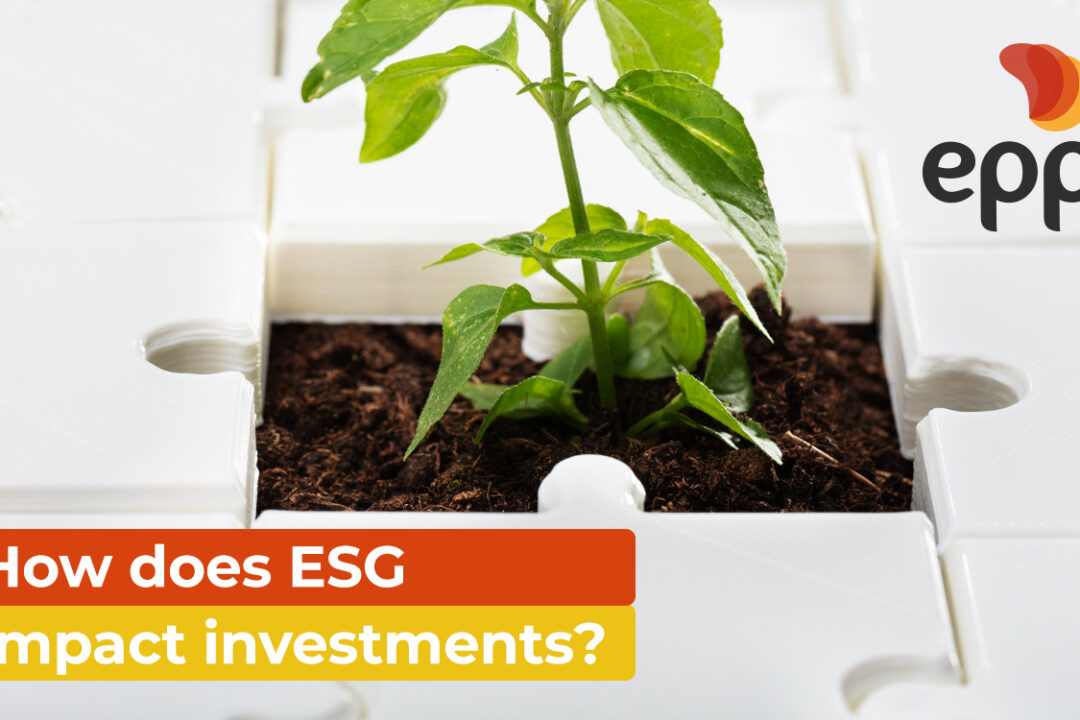Understand how the concepts of carbon offsetting work in practice and the importance of this resource.
Carbon offsetting is a fundamental action to help in the decarbonization process of energy matrices. Through this resource, it is possible to reduce the effects of global warming and neutralize CO2 emissions.
Today, virtually all products, services or activities produce carbon emissions at some stage of the process. Therefore, companies and governments have been looking for alternatives to reduce this type of emission. However, this is not always feasible. For these cases, compensation is an alternative.
What is carbon offsetting?
In the impossibility of zeroing the emissions of Greenhouse Gases (GHGs), carbon offset appears as a way to decarbonize the economy, with the objective of containing the increase in the average temperature of the planet. This practice emerged in 1990 and has gained visibility and adherence in recent years.
As its name suggests, the strategy proposes the compensation by countries or companies of the corresponding value of the generated emission. In practice, it is a very efficient alternative that can be done from planting new trees to buying carbon credits.
In Brazil, environmental compensation is an instrument of public policy, supported by law nº 9.985/2000, known as the National System of Nature Conservation Units, and law nº 6.938/1981, which establishes the National Environmental Policy.
What types of compensation exist?
Currently, there are several ways to carry out carbon offsetting.
Tree planting
Planting trees is one of the options available for carbon offsetting, but from a technical point of view it is not the cheapest or most viable alternative. For comparison, it takes about five to seven native trees to obtain a ton of CO2, however, they take, on average, 20 years to reach adulthood.
In other words, a company that starts offsetting emissions today will only have a return for many years to come. Also, the tree only momentarily stores the emission. Therefore, when it dies, all the stored gas will be emitted back into the atmosphere. Thus, this option can also be called temporary stock.
Carbon credits
Carbon credits are units of measurement that correspond to one ton of carbon dioxide equivalent (tCO2e). These measures serve to calculate the reduction of greenhouse gas emissions and their possible commercialization value. In this way, companies and countries that promote emission reduction receive a carbon credit that can be traded with other entities.
It should be noted that for the carbon credit to be valid, it must be approved by international bodies that validate the reliability of the projects, and the credit must have a unique registration number. In other words, it should be possible to identify whether that credit came from a project to generate energy from the use of biomass or avoided deforestation projects, the so-called REDD+ (Reducing Emissions from Deforestation and Forest Degradation).
Carbon market
Carbon offsetting via credits takes place within a carbon market. In this system, it is possible to promote the exchange between those who generate carbon credits for reducing emissions and those who need to offset their residual emissions.
Therefore, an organization buys carbon credits from another, which receives the investments. There are regulated markets, which are those composed of nations and which were established through agreements.
At the last COP, for example, the conference approved the creation of a global carbon credit market, signed by more than 190 nations. In this case, authorization for sales is granted by the government of the countries involved and also by the United Nations (UN), but only after calculations and expert assessments.
Voluntary markets, on the other hand, are parallel markets to the regulated one, involving companies and institutions, leaving out the countries. It gets its name because, in general, companies do not have legal obligations to offset their emissions. However, with an eye on the changes, many organizations have already included decarbonization targets in their proposals and buy credits to contribute to the environment.
Therefore, by understanding the concept of carbon offsetting, it is possible to see how companies and countries can act in favor of preserving the environment. If you liked the content, you may be interested in the text on green CO2.






